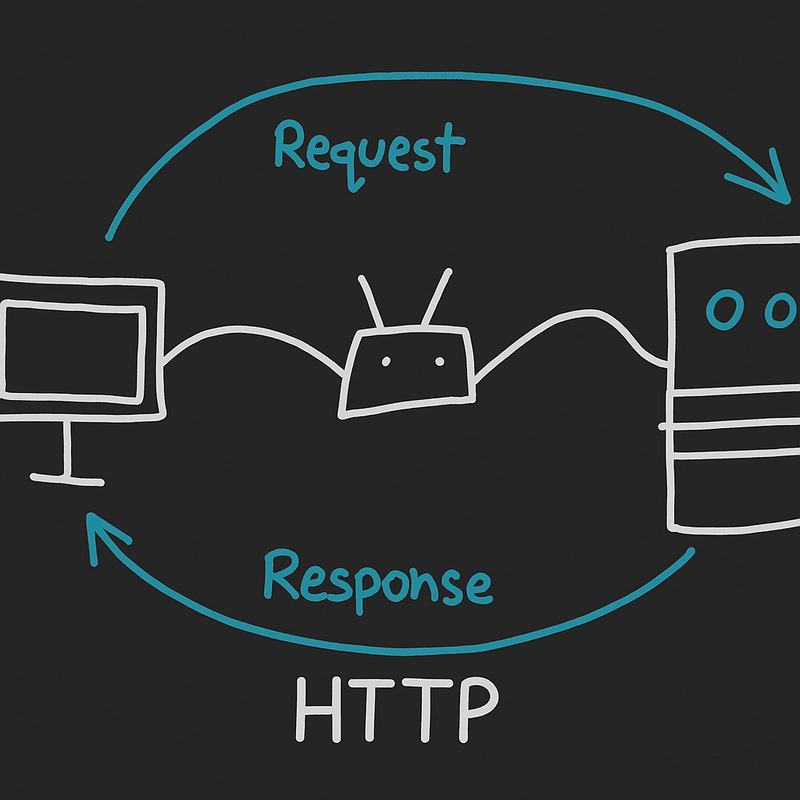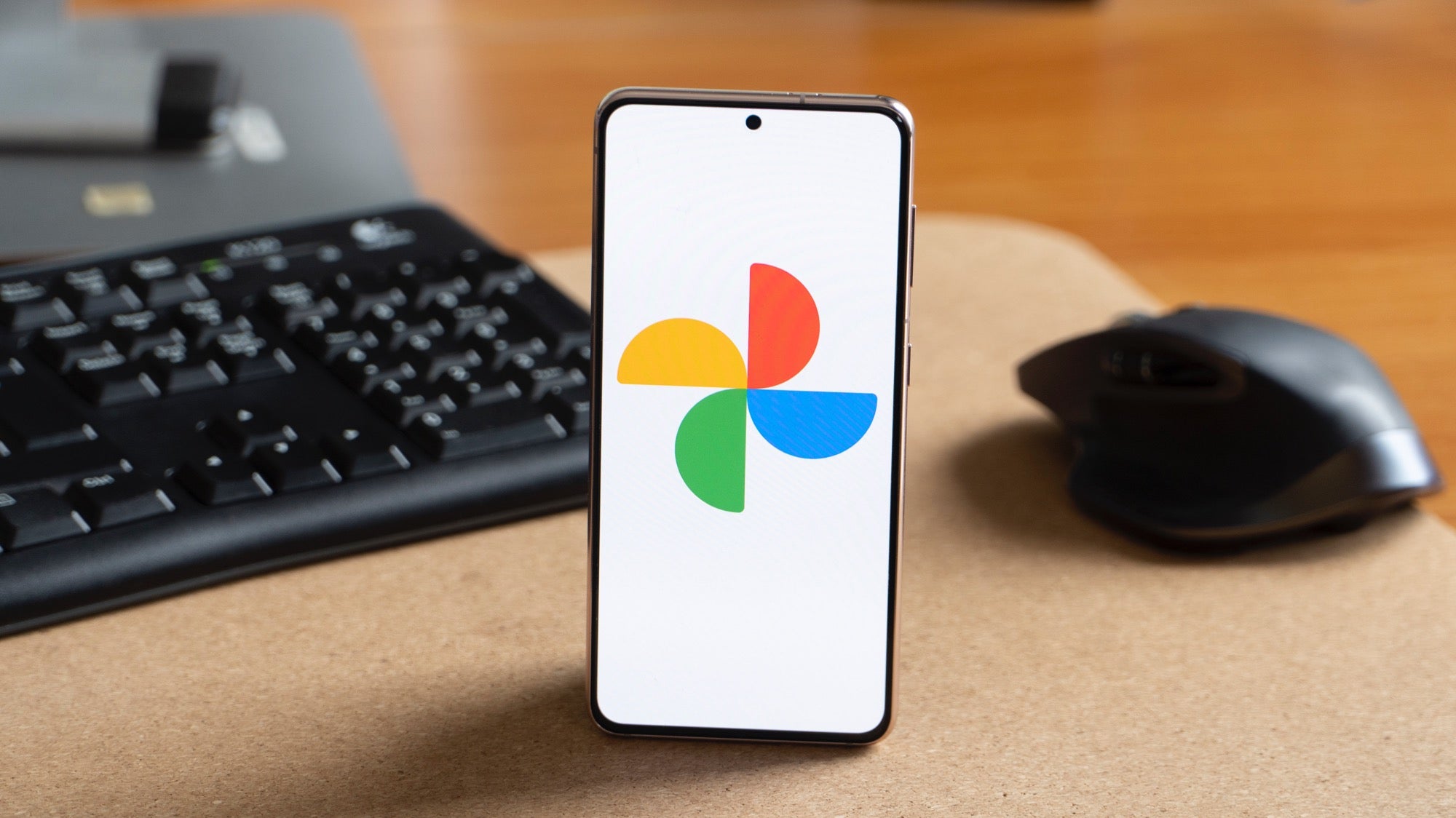IIFE in JavaScript – What, Why, and How?
JavaScript offers a wide range of patterns and techniques that help developers write efficient and clean code. One such pattern is the IIFE, which stands for Immediately Invoked Function Expression. If you've ever seen a function wrapped in parentheses and immediately followed by another set of parentheses, you’ve encountered an IIFE. In this article, we’ll cover: What an IIFE is Why and when to use it Syntax and structure Real-world use cases Common misconceptions What is an IIFE? An Immediately Invoked Function Expression (IIFE) is a JavaScript function that is executed right after it is defined. Basic Syntax (function () { // Your code here })(); Or using arrow functions: (() => { // Your code here })(); Example (function () { console.log("This runs immediately!"); })(); Output: This runs immediately! Why Use an IIFE? Before the introduction of ES6 modules, IIFEs were commonly used to create private scopes and avoid polluting the global namespace. Key Benefits Encapsulation – Keeps variables and functions scoped locally. Avoids Global Pollution – Prevents variable name collisions. Data Privacy – Hides internal logic from the outside world. Immediate Execution – Runs as soon as the script loads, making it ideal for initialization. Understanding the Syntax Here’s a breakdown: (function () { // code block })(); The first set of parentheses wraps the function to turn it into an expression. The second set of parentheses immediately invokes the function. If you try to define a function without the outer parentheses, JavaScript treats it as a declaration, which cannot be executed immediately. Practical Use Cases 1. Avoiding Variable Collision var counter = 10; (function () { var counter = 0; console.log("Inner counter:", counter); // 0 })(); console.log("Outer counter:", counter); // 10 2. Module Pattern (Pre-ES6) var MyModule = (function () { var privateVar = "I'm private"; return { get: function () { return privateVar; }, }; })(); console.log(MyModule.get()); // I'm private 3. Initialization Code (function () { console.log("Initializing application..."); // Setup code here })(); Common Misconceptions IIFE is Obsolete While ES6 modules reduce the need for IIFEs in many cases, they are still useful in scripts, inline JavaScript, and legacy applications. Arrow Functions Can’t Be IIFEs They absolutely can. Example: (() => { console.log("Arrow function IIFE"); })(); Named IIFE You can name an IIFE for clarity or recursion purposes: (function greet(name) { console.log(`Hello, ${name}!`); })("Developer"); Conclusion IIFEs are a fundamental part of JavaScript's functional programming capabilities. They allow you to execute code immediately while maintaining a clean and isolated scope. Even though ES6 modules offer more structured solutions, understanding IIFEs is essential for working with older codebases and for writing clean, encapsulated code in certain scenarios. If you're looking to keep variables private, avoid polluting the global scope, or run setup code on load, IIFE is a reliable and elegant pattern to use.

JavaScript offers a wide range of patterns and techniques that help developers write efficient and clean code. One such pattern is the IIFE, which stands for Immediately Invoked Function Expression. If you've ever seen a function wrapped in parentheses and immediately followed by another set of parentheses, you’ve encountered an IIFE.
In this article, we’ll cover:
- What an IIFE is
- Why and when to use it
- Syntax and structure
- Real-world use cases
- Common misconceptions
What is an IIFE?
An Immediately Invoked Function Expression (IIFE) is a JavaScript function that is executed right after it is defined.
Basic Syntax
(function () {
// Your code here
})();
Or using arrow functions:
(() => {
// Your code here
})();
Example
(function () {
console.log("This runs immediately!");
})();
Output:
This runs immediately!
Why Use an IIFE?
Before the introduction of ES6 modules, IIFEs were commonly used to create private scopes and avoid polluting the global namespace.
Key Benefits
- Encapsulation – Keeps variables and functions scoped locally.
- Avoids Global Pollution – Prevents variable name collisions.
- Data Privacy – Hides internal logic from the outside world.
- Immediate Execution – Runs as soon as the script loads, making it ideal for initialization.
Understanding the Syntax
Here’s a breakdown:
(function () {
// code block
})();
- The first set of parentheses wraps the function to turn it into an expression.
- The second set of parentheses immediately invokes the function.
If you try to define a function without the outer parentheses, JavaScript treats it as a declaration, which cannot be executed immediately.
Practical Use Cases
1. Avoiding Variable Collision
var counter = 10;
(function () {
var counter = 0;
console.log("Inner counter:", counter); // 0
})();
console.log("Outer counter:", counter); // 10
2. Module Pattern (Pre-ES6)
var MyModule = (function () {
var privateVar = "I'm private";
return {
get: function () {
return privateVar;
},
};
})();
console.log(MyModule.get()); // I'm private
3. Initialization Code
(function () {
console.log("Initializing application...");
// Setup code here
})();
Common Misconceptions
IIFE is Obsolete
While ES6 modules reduce the need for IIFEs in many cases, they are still useful in scripts, inline JavaScript, and legacy applications.
Arrow Functions Can’t Be IIFEs
They absolutely can. Example:
(() => {
console.log("Arrow function IIFE");
})();
Named IIFE
You can name an IIFE for clarity or recursion purposes:
(function greet(name) {
console.log(`Hello, ${name}!`);
})("Developer");
Conclusion
IIFEs are a fundamental part of JavaScript's functional programming capabilities. They allow you to execute code immediately while maintaining a clean and isolated scope. Even though ES6 modules offer more structured solutions, understanding IIFEs is essential for working with older codebases and for writing clean, encapsulated code in certain scenarios.
If you're looking to keep variables private, avoid polluting the global scope, or run setup code on load, IIFE is a reliable and elegant pattern to use.












































































































































































![[The AI Show Episode 146]: Rise of “AI-First” Companies, AI Job Disruption, GPT-4o Update Gets Rolled Back, How Big Consulting Firms Use AI, and Meta AI App](https://www.marketingaiinstitute.com/hubfs/ep%20146%20cover.png)


























































































































![[FREE EBOOKS] Modern Generative AI with ChatGPT and OpenAI Models, Offensive Security Using Python & Four More Best Selling Titles](https://www.javacodegeeks.com/wp-content/uploads/2012/12/jcg-logo.jpg)




![How to make Developer Friends When You Don't Live in Silicon Valley, with Iraqi Engineer Code;Life [Podcast #172]](https://cdn.hashnode.com/res/hashnode/image/upload/v1747360508340/f07040cd-3eeb-443c-b4fb-370f6a4a14da.png?#)










































































































































![[Virtual Event] Strategic Security for the Modern Enterprise](https://eu-images.contentstack.com/v3/assets/blt6d90778a997de1cd/blt55e4e7e277520090/653a745a0e92cc040a3e9d7e/Dark_Reading_Logo_VirtualEvent_4C.png?width=1280&auto=webp&quality=80&disable=upscale#)















































































-xl-(1)-xl-xl.jpg)


























![iPhone 17 Air Could Get a Boost From TDK's New Silicon Battery Tech [Report]](https://www.iclarified.com/images/news/97344/97344/97344-640.jpg)
![Vision Pro Owners Say They Regret $3,500 Purchase [WSJ]](https://www.iclarified.com/images/news/97347/97347/97347-640.jpg)
![Apple Showcases 'Magnifier on Mac' and 'Music Haptics' Accessibility Features [Video]](https://www.iclarified.com/images/news/97343/97343/97343-640.jpg)
![Sony WH-1000XM6 Unveiled With Smarter Noise Canceling and Studio-Tuned Sound [Video]](https://www.iclarified.com/images/news/97341/97341/97341-640.jpg)







































































